While there is some light at the end of the tunnel in the form of the Pfizer, Moderna and AstraZeneca vaccines, we are still more than 9 mos away from having enough public immunity for businesses to return to a somewhat normal state. Since the start of the pandemic most businesses have had to cut costs, defer investments and shed resources. In normal downturns marketers are often asked to do more with less or at a minimum maintain current customer revenue levels with a reduced budget. However, this is an unprecedented time in all of our lives and experience. The request now is to survive with very little discretionary spending at your disposal. While all might seem lost, if you use the value of your customers to drive your marketing resource allocation, you will be able to survive the next 9 mos. In doing so set yourself up to thrive when we reach our new normal.
Assessing Customer Value
At its most basic, an individual customers’ value is the sum of all their past, current and future revenue to your business minus all past, current and future costs to your business. Seems simple, right? In practice determining all of the inputs is not so easy. Depending upon the size and scale of your business it can also be difficult and time consuming to gain broader organizational buy-in to the methodology and results. If this is not something you are formally doing currently, add this as a strategic initiative for 2021 with a phased approach. If you are already assessing the value of individual customers then congratulations as you are much further along than most businesses and you can skip to the next paragraph. If you are not currently applying a value to each individual customer, then I suggest you start by using a proxy for value. This could be a customers’ historical revenue or perhaps total number of transactions. Or if you are an ad supported online publisher then total content consumption would be a good proxy. While not perfect, a proxy will be more than sufficient to get you started. How do you know if it’s a good proxy? First, does it intuitively make sense with what drives value to your business? Second, once applied a good proxy will stratify your existing customer base where ~20% will separate themselves from the rest of your customers and rise to the top. When you have both of those then you know you have hit on a proxy to move forward with. If not, revisit your options.
Hyper Targeted Acquisition to Optimize ROMI
More than likely you are already selectively targeting prospects for acquisition based on some proprietary segmentations and/or look-a-like targeting. However, you need to take your targeted acquisition efforts a few steps further. First, combine your customer value output with your existing segmentation. Next, conduct a correlation analysis for each of the value + segment combinations to identify the attributes that are most correlated to high value. You will need to limit the attributes in the consideration set to those that would only be available to you prior to or irrespective of an acquisition (i.e. geo demographic or general interest attributes) as well as attributes related to customer acquisitions such as acquisition source, messaging in the promotion and any specific promotional offers that led to the acquisition. Once you have the correlation results for each segment you can more efficiently and effectively launch targeted acquisition efforts. Use the correlation findings to identify the attributes to drive your targeting. The correlation and segment insights are to be used to determine where and how to target for potential high value prospects. Undoubtedly you will incur higher CPMs as you layer in more targeting criteria, however, this will be offset by an increase in conversion rates and greater ROMI (Return on Marketing Investment) since the customers you will acquire through these efforts will represent significantly greater than average value to your business. You may not have much budget for customer acquisition, but this approach will help you to maximize the return on what you do have.
Narrow Your Upsell and Cross Sell Efforts
Similar to how you can narrow your focus on potential high value prospects for acquisition, you can complete a similar exercise to identify current customers who are most likely to purchase additional products or services. Building upon the overlap of segments and value, you can conduct another correlation analysis, this time limit the analysis to the high value segment and test variables pre, during and post-acquisition to identify those most highly correlated to high value. Once you have those results, conduct a look-a-like analysis within each of the segments among the non-high value customers to identify the sub set of customers within each of those segments who are more likely to grow into a high value customer. A follow-up analysis on these high growth potential sub segments can will help you identify what products and/or services are ripe for promoting. One additional step to do is to conduct an analysis of the customer “life-cycle” to understand when to promote specific products and or services to individual customers. For this you will conduct an analysis of the high value customers within each segment to determine what purchase patterns over time exist and use this as a framework for when to promote cross-sell and upsell messaging to specific customers. Combining the aforementioned insights will guide you on who to promote to, what to promote to them and when to promote it. The fourth dimension of how to promote should be guided by your existing segmentation insights.
Maximize Your Retention Efforts and Spending
Finally, utilize the customer value output to focus your spending only on the combination of customers who are at risk and are high value or have high potential value. How do you determine which customers are at risk? Hopefully you have a churn detection model in place. If not, then this is also an item to add to your 2021 priority list. Details of churn model development deserves its own blog post but suffice it to say you will want to engage a data science resource skilled and experienced with the building of these types of models. While the model is critical to identify who is at risk, again use the customer value model to limit who you spend resources on in an attempt to retain them. In terms of determining how to retain them, analysis of past programs against the combination of segment and high value should be used to determine what is most effective. If such history does not exist, then implement a formal testing strategy to identify potential options. Use those option with segment specific messaging and compare the results against your existing program as the control. Again, focus all targeting to only high value or potential high value customers who you deem to be at risk.
Survive and Thrive
These are certainly unprecedented times and present unforeseen challenges for businesses. However, this is no time to panic and put your head in the sand. To steal a phrase from the British we need to “keep calm and carry on”. Customer value allows you to be surgical in the use of what limited budgets and resources you have at your disposal. It will ensure that your business is able survive this pandemic induced downturn. In doing so, you will not only survive but as a result you will shift the mix of your customer base to more high value customers and your business will be stronger and primed for greater growth as we emerge from the economic cloud that the pandemic has blown in.

